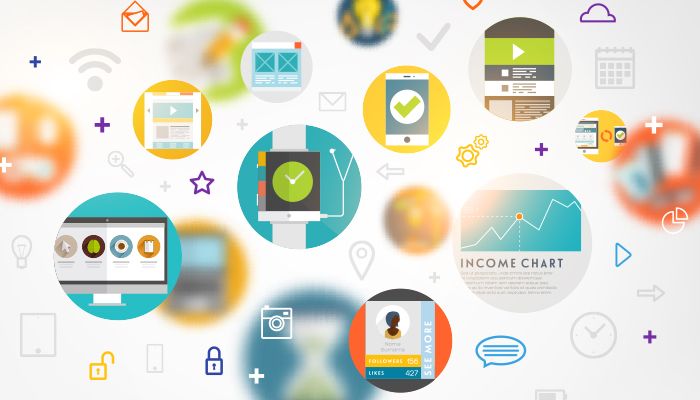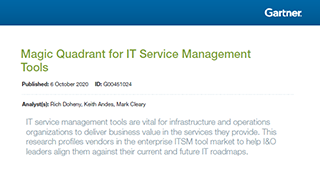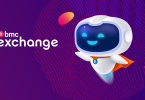
If you are anything like me, and chances are that you are, you no longer talk to people you don’t know. Sure, maybe it’s the result of the childhood lesson “don’t talk to strangers,” but the more likely scenario is that you have become accustomed to tapping a digital icon when you have personal business to attend to.
The way I interact with service providers and retailers is vastly different than ever before. If I need to refill a prescription, I don’t call the pharmacy, I use the Walgreens mobile app. If I need to deposit a check, I use Chase’s mobile banking app. I can file insurance claims from anywhere, 24×7, using State Farm’s mobile app. I bypass the check-in counter at the Marriott using mobile check-in. And I don’t recall the last time I had to print a copy of my airline boarding pass. These days, my primary criteria for evaluating service providers is technology-related; Who can give me the fastest and easiest path to what I want/need, at the lowest possible cost?
This shift in thinking is forcing businesses into a critical juncture: adopt and adapt technology to meet the demands of customers that expect products and services faster than ever before, delivered easily, anytime, anywhere, and on any device—or risk becoming obsolete.
Customer expectations have become a truly disruptive force, prompting companies to rethink entire business models. One of the primary shifts in responding to such demands is the creation and delivery of digital services, mobile-first applications that are intuitive and intelligent, bringing contextual information to people based on who they are, where they are, and what they are trying to do. They provide automated self-service, crowd-sourced collaboration, and are continuously refined at high speed.
What does it mean to become a digital enterprise?
A digital enterprise is an organization that has a digital-service-first mindset for new services, and is actively working to convert internal and customer-facing services to digital services. An example could be a car insurance company that is working to convert printed insurance cards to digital cards, or a healthcare provider enabling doctors to be available via video conferencing through designated apps.
These new services are fulfilled through agile applications, mandating fast development cycles and continuous maintenance. New apps marry data, policy, and workflows in real-time, and they are hosted on infrastructure more dynamic than ever before. Massive automation is ensuring that apps, infrastructure, and policy are all optimized to serve consumers with unprecedented ease and efficiency.
Digital enterprises are also helping to reinvent the workplace: employees of transformed businesses benefit from an intuitive and connected work environment that reflects the consumer-driven digital culture. The result is a breakthrough in human productivity.
Digital Enterprise Management – Enabling the Digital Enterprise
With new demands on business, more moving parts than ever before, and speed of delivery that cannot sacrifice quality and security, the old ways of managing technology only get you so far. A new approach is needed – one that’s real-time, intuitive, automated, secure, and open.
BMC Digital Enterprise Management (DEM) is a set of IT solutions designed to make digital business fast, seamless, and optimized from mainframe to mobile to cloud and beyond.
In line with accelerating the development of digital services and apps, there are five core elements to Digital Enterprise Management:
Digital Service Management
Digital Service Management blends modern digital services design with IT service management (ITSM) principles and platforms to reinvent how business gets done and enable breakthroughs in human productivity.
Digital Enterprise Automation
Digital Enterprise Automation represents a more integrated and strategic approach to automation, enabling you to accelerate the delivery of digital services while improving quality and control. Our comprehensive and policy-driven platform will help you orchestrate and automate the full digital infrastructure stack.
Digital Service Assurance
Digital Service Assurance extends traditional assurance principles well beyond watching over the health of hardware, applications, and networks. It integrates data from multiple external sources, including social human sentiment, to allow you to take action quickly based on customer online posts and complaints.
Digital Infrastructure Optimization
Digital Infrastructure Optimization is our approach to building and maintaining a leaner, more cost-effective digital infrastructure. We can help you avoid wasted capacity and licensing across your entire technology portfolio. You’ll benefit from a stronger return on your investment in technology and a consolidated, easier to manage, lower risk platform.
Analytics, Orchestration, and Policy — A Shared Foundation
We provide a common foundation for configuration data, automation, orchestration, analytics, and policy, enabling you to share a single, real-time view of your infrastructure across teams and processes. You can automate complex tasks that span multiple systems. You can uncover relationships and patterns between IT operations disciplines, helping you drive continual improvement.

In Closing
Companies that deliver groundbreaking apps and are in the process of becoming digital enterprises have long realized that great apps depend on a strong foundation of traditional and hybrid technologies that need to be managed to perfection. To get to digital bliss you have to look at your value chain soup to nuts – applications, apps, infrastructure, policy, data, analytics, products, business models, etc. – and bring all of those elements together for the new digital consumer (whether a customer, employee, or partner). What good is a beautiful app if, when I try to check into my flight, it hangs? What good is a banking app that responds slower than physically visiting the branch? What good is a prescription-filling app if it does not let me know I need my doctor’s approval? That’s what we focus on here at BMC, our Digital Enterprise Management solutions enable the value chain for digital businesses across all technology silos. We make it all work, and 92 of the Forbes Global 100 turn to BMC to help them on their own unique digital journeys.







